Using Vulse To Grow Sales: How Planit Testing Does It - Exclusive Interview With Ryan Short
- COMPANY NEWS
We sat down with Ryan Short, a software and technology sales professional with over a decade of experience. Ryan's journey into the tech world is anything but conventional. Initially pursuing a degree in archaeology, he quickly realised the limited financial prospects. This led him from "digging for gold" to metaphorically "calling for it" in sales.
Ryan's career began in cybersecurity, where he first leveraged the power of LinkedIn for marketing and sales promotion. Over the past ten years, LinkedIn has transformed significantly, evolving from a professional platform into a critical tool for business networking and promotion. Following his time in cybersecurity, Ryan transitioned into various roles within SaaS and AI firms, ultimately landing at Planit Testing. Here, he leads the UK sales team, focusing on new business campaigns and leveraging innovative tools like Vulse to drive success.
In this interview, Ryan shares insights into his background, the evolution of LinkedIn, and how Planit Testing is making a difference in the realm of software quality assurance. He also discusses the importance of AI in content generation and the future trends that will shape the industry.
Tell us about your background and your current role.
I’m Ryan Short. I’ve worked in software and technology sales for the past ten years, which has been a bit of an interesting journey. I started off studying archaeology at university and found there was no money in that so I went from digging for gold to calling for it.
I started in cybersecurity which was my first entry into using LinkedIn for marketing and sales promotion. Helping to build relationships and back then, ten years ago, LinkedIn was a different beast. It was completely different. It was a new world for a lot of people. And I don’t think many people knew how to use it.
From cybersecurity, I changed over into a SaaS product house and then into an AI firm to where I am now, Planit Testing. We specialise in software quality assurance, and I’m leading the sales team in the UK, responsible for developing new business campaigns, and lots of fun stuff, which is why I use Vulse.
Tell us about Planit Testing, what the company does, and your role.
We’re experts in quality engineering. For the longest time, some of the biggest issues with DevOps, launching any kind of new systems, platforms, or anything technology-wise are defects in the codebase. Over time, these issues can scale which causes performance issues of the applications, ruining customer experiences.
A great example is that of Sainsbury’s. Their ordering platform failed recently so orders weren’t going out causing loss of revenue and an unhappy customer base. I’ve heard of other cases, where stock is impossible to get ahold of, or locating where it is for various retailers just because their systems aren’t working.
What people think are quite easy, functional things that should work quite often is a lot more of a laborious process. Even when you look at startups, for instance, you need to get your product to market as quickly as possible, but if it’s a bug-ridden mess, that doesn’t work too well. It’s kind of a bit of a dead duck on entry, unfortunately. So you have to sit there as a founder with your head in your hands.
We help startups to enterprises on large projects, including AI, data, and quality assurance functioning, from initial consultation to the end of projects. I’m applying my years of experience, to support Planit Testing, in bringing new products to the UK market, building awareness, and elevating sales.
How does the company currently utilise LinkedIn, both from a company page perspective and also employees as brand advocates?
We utilise LinkedIn through Vulse as a brand awareness platform; promoting covering events, company updates, and our thought leadership pieces around AI, differentiating ourselves in a crowded space with AI-powered tools and AI tools.
We also focus on B2B marketing to reach our business customers effectively.
It’s an important time, as most businesses are being forced to implement some element of AI, as you may have seen from our recent LinkedIn post, 80% of CIOs are looking to introduce AI into their systems, increasing brand awareness. The problem lies in the data research and assurance to power those processes. LinkedIn is great for us providing valuable assets and guides on these topics through the LinkedIn content platform.
Our employees post regularly, acting as brand advocates, sharing their unique journeys and how we’re helping customers, enhancing our brand identity. Especially when we’re helping businesses avoid huge headaches with flawed software systems when they hit the market.
We also leverage digital marketing strategies to enhance our online presence. We also utilise email marketing to engage with our audience and share valuable content.
How have you seen LinkedIn evolve in terms of personal content sharing?
I find LinkedIn interesting. In terms of my role as a sales leader, I have seen it change quite drastically over ten years when users didn’t know what it was or what it did. I’ve found now that real personal human stories resonate, and generate interactions.
As I started to develop my content approach, I noticed that the algorithm has changed rapidly and that without a platform like Vulse, it can be a challenge to keep up with the algorithm and understand what posts will reach more users.
A lot of creators and “influencers” have been posting and trying to see what sticks for the longest time so it’s nice to have a service like Vulse that understands the latest algorithm updates, and allows brand advocacy in a safe space, whereby, you know, it’s going to do well.
Before using Vulse, what were your challenges in terms of utilising LinkedIn?
Before using Vulse, what were your challenges in terms of utilising LinkedIn for your marketing efforts?
It would be understanding the LinkedIn algorithm, knowing what is going to be preferred in feeds, and if it will be seen by audiences. That’s what I find interesting about content marketing, is that you need to create valuable assets that are shared with audiences, and for it to resonate with them.
That was initially difficult to gauge, making sure you’re not just content at a wall. You needed to have a real understanding or knowledgeable insights and that’s where thought leadership took over. Beforehand, it has been the equivalent of working in the dark, whereas now Vulse is the solution that lights up that room.
What do you enjoy the most about Vulse? What kind of features do you use?
I like to use the Content Theme Planer and Article Summariser as a marketing tool. Solutions that save me time, and put it back in my diary. Some of the topics I like to discuss can be complex, they’re effectively a niche within a niche, so the content I share needs to be bespoke and focused.
As soon as I tried these features, I found that the output was incredibly precise, and matched my tone of voice, especially on technical themes. They allow me to add a theme, which then develops a post idea, which is a great starting point for the content creation process. And you know, it’s going to be seen in the feeds of my LinkedIn users.
It’s allowed me to launch my personal brand, build thought leadership, and be noticed by potential customers, who are keen to learn more about our services, enhancing both my personal branding and personal brands.
What is the future of AI and content generation?
I think it’s important to remember there’s IA (Intelligent Automation) and AI (Artificial Intelligence), being able to create content, and understanding how it will perform before I hit post. So as a user, I can take that data and understand that if I tweak certain elements it’s likely to generate more engagement.
For LinkedIn in particular, as the algorithm develops, we’ll be able to look at content trends in real-time, for example, a brand may look to post about a celebrity about a partnership, yet that person has in the past few hours negatively impacted their reputation by committing a crime.
Tools will be able to analyse that public sentiment, warning content creators that they may wish to change their messaging.
I’m looking forward to the advancements in customer sentiment analysis, and the ability to identify content that will add value to potential customers. For example, using intent data to say that specific target audiences are most interested in X and the current post discusses Y, which alerts you to make a change.


